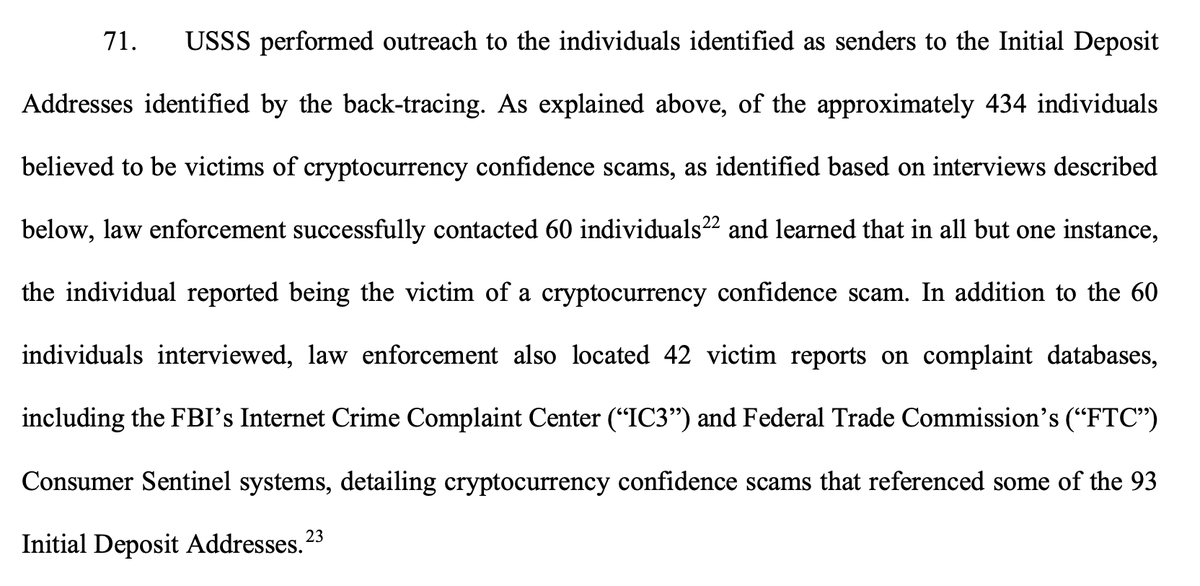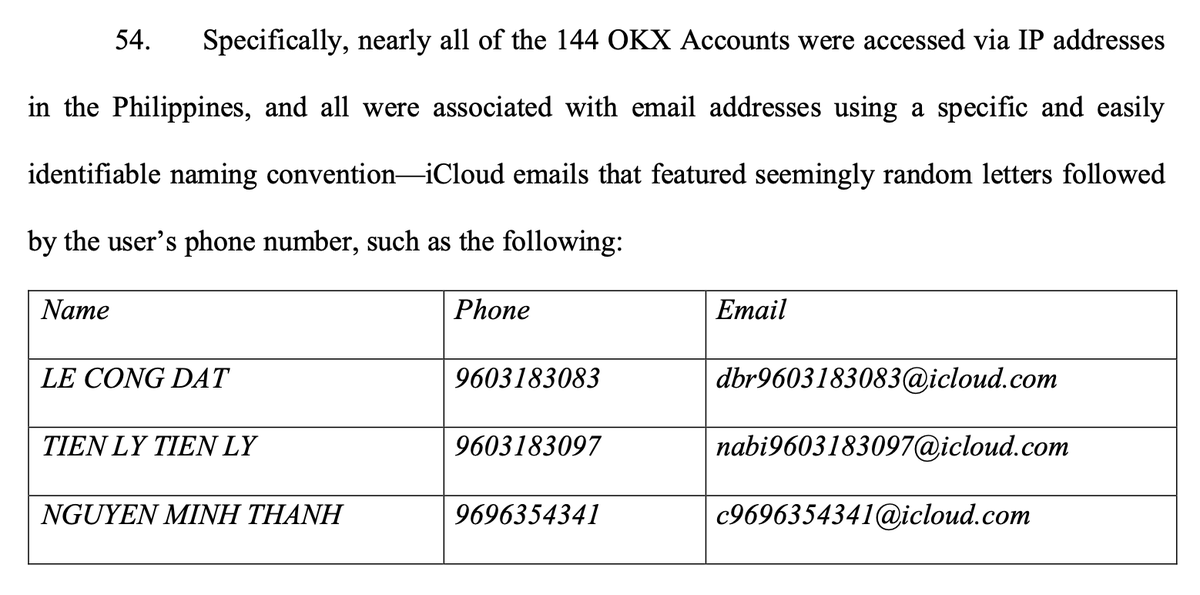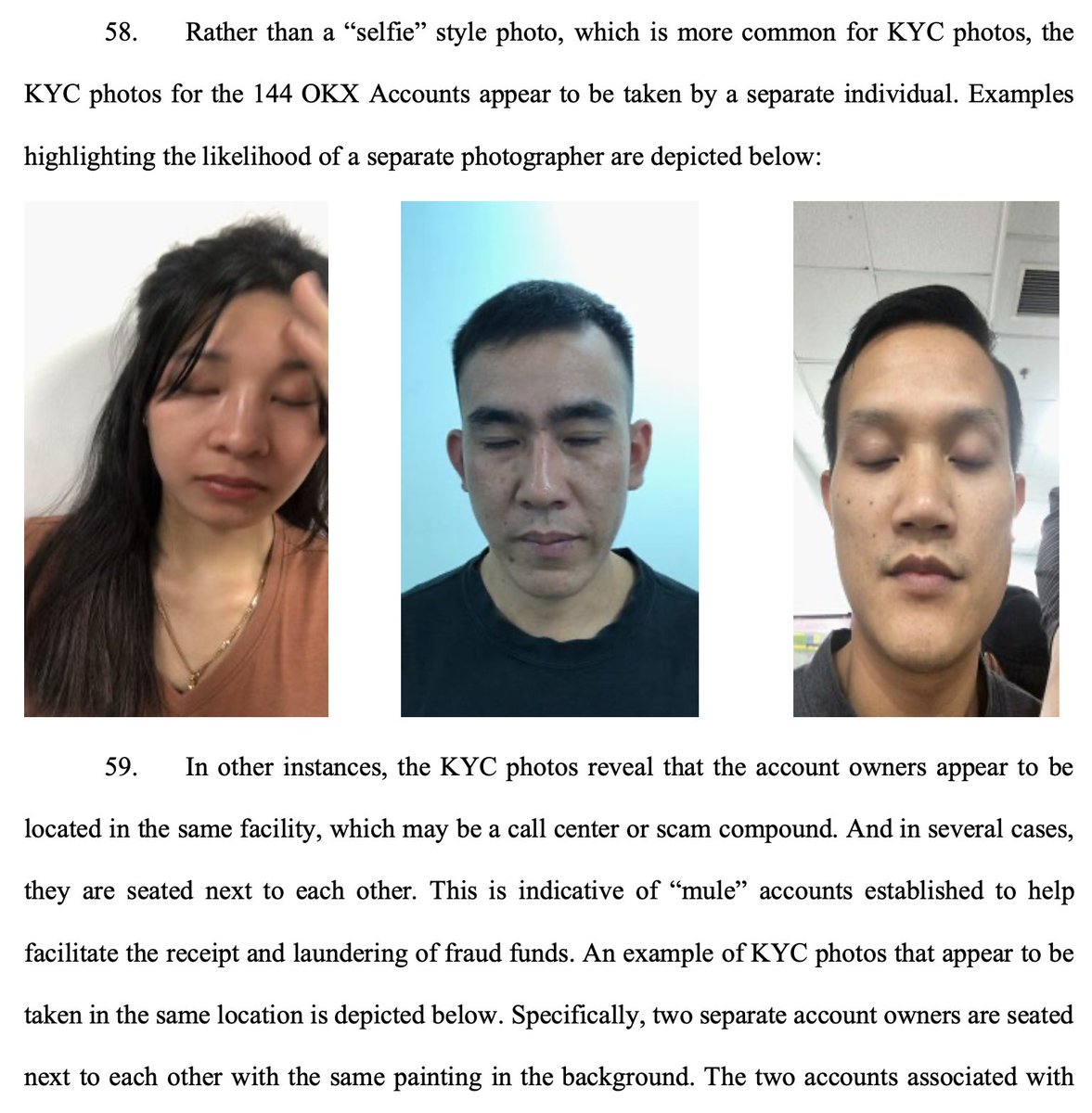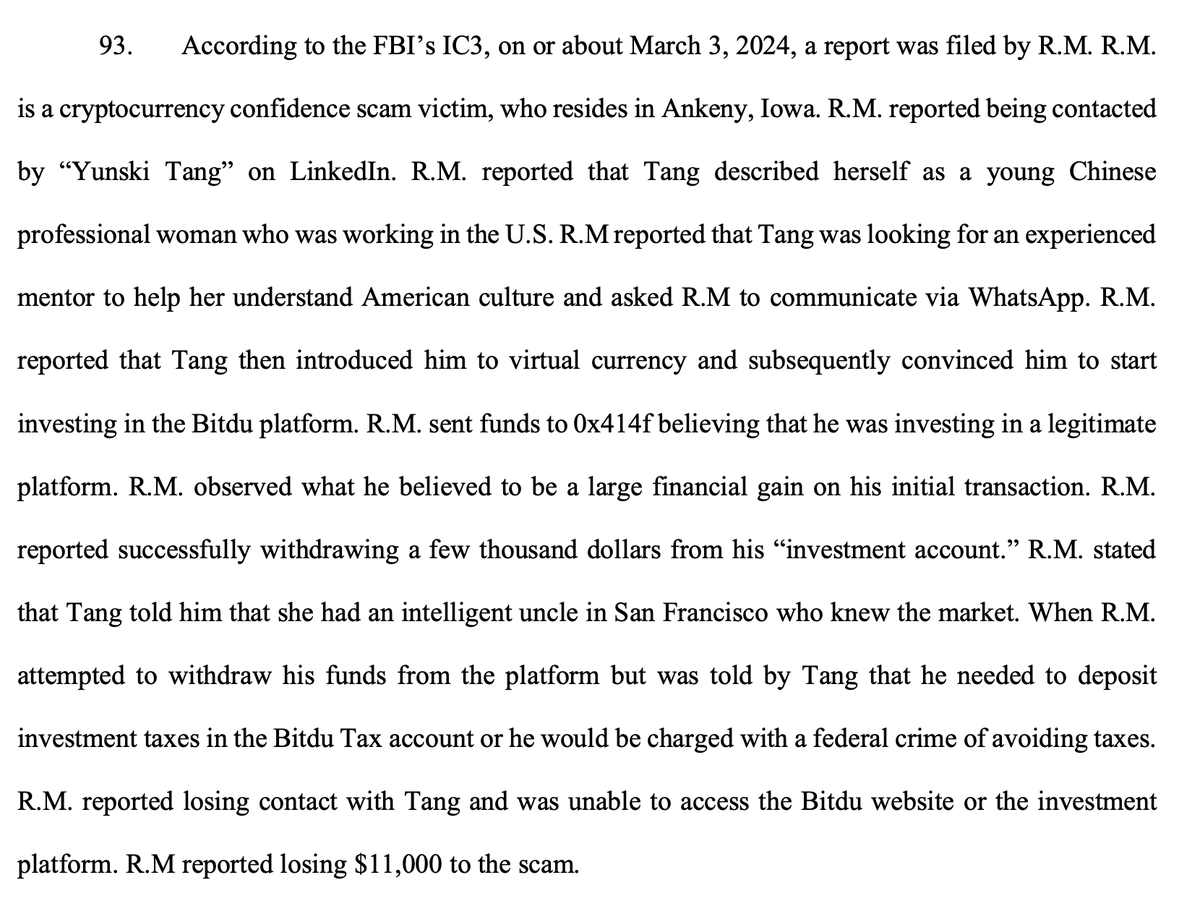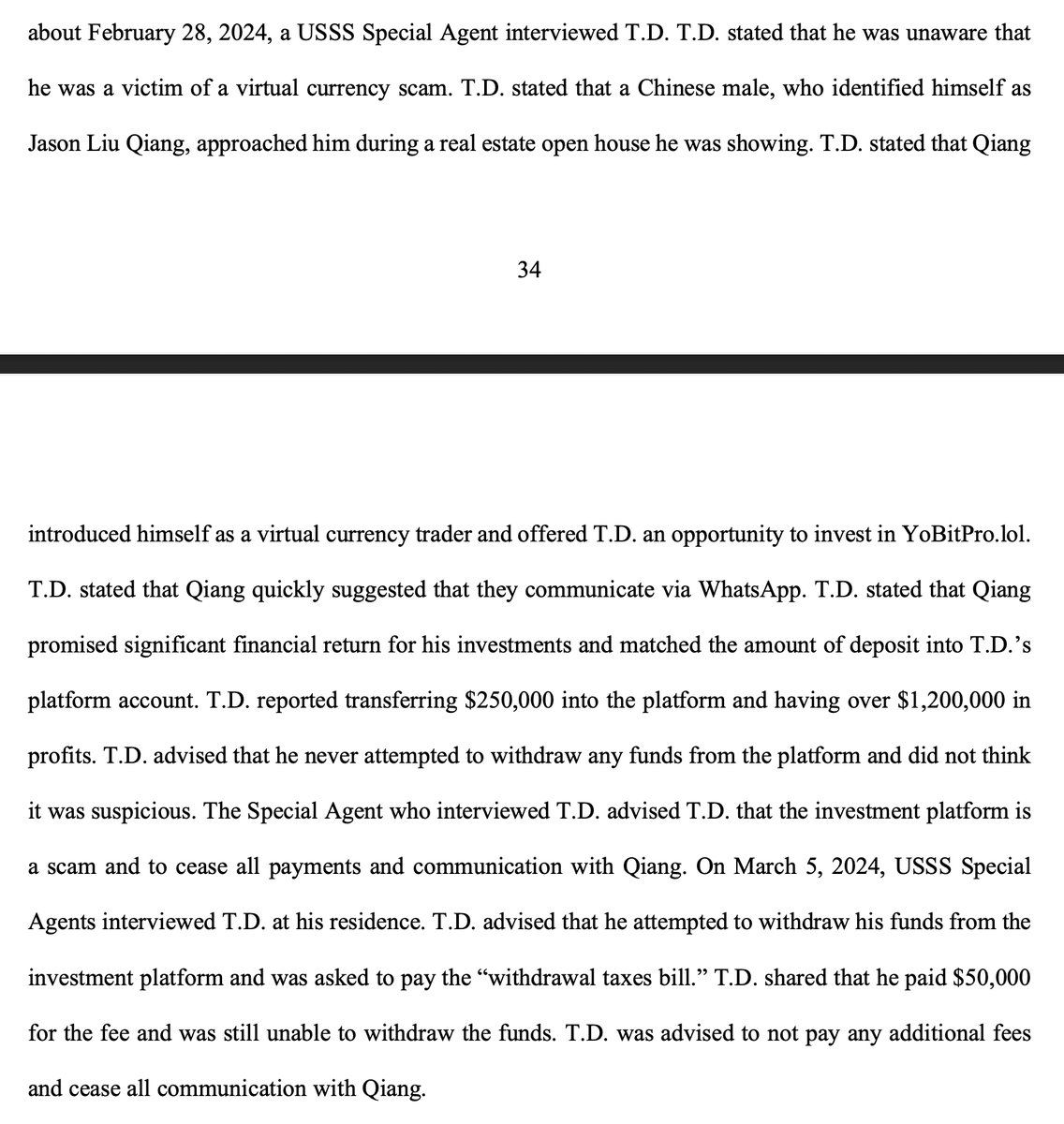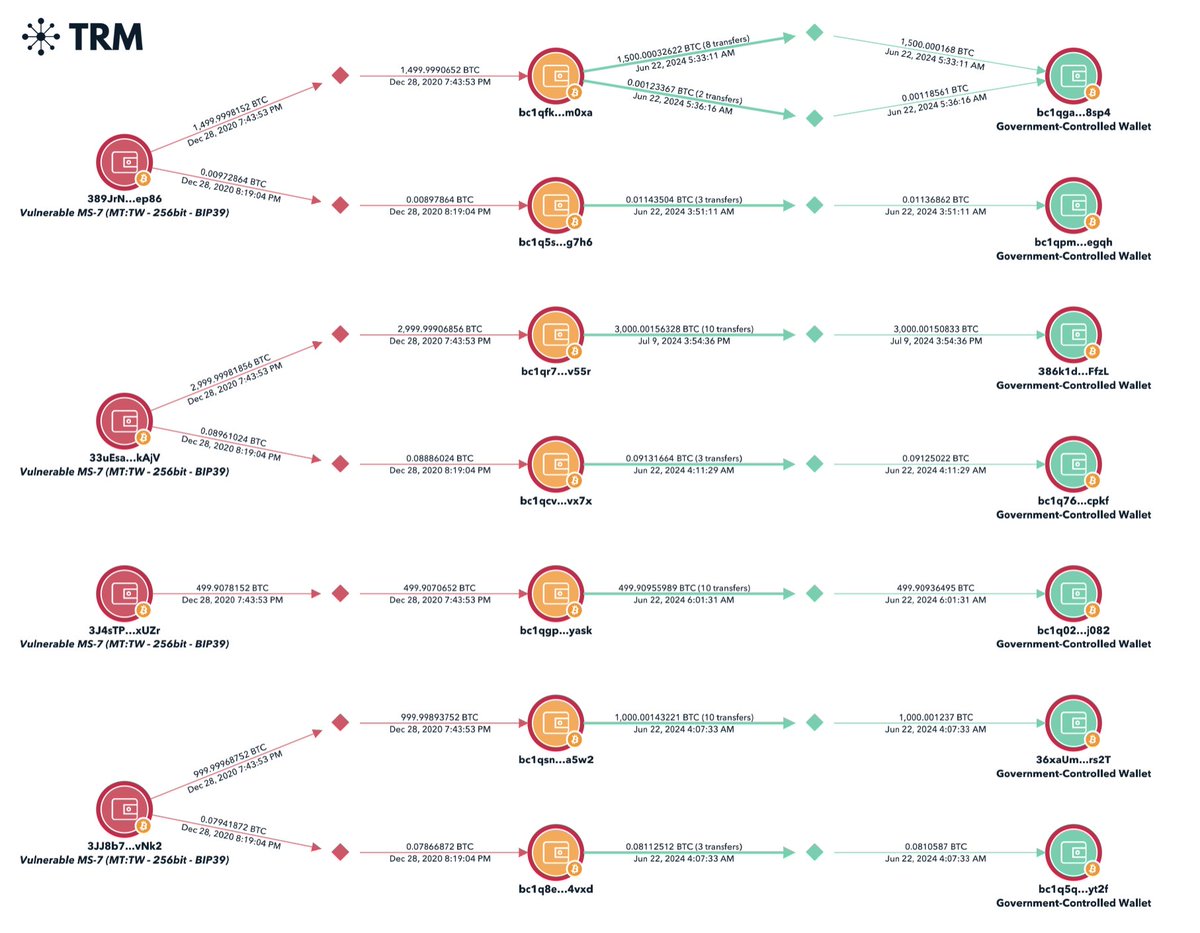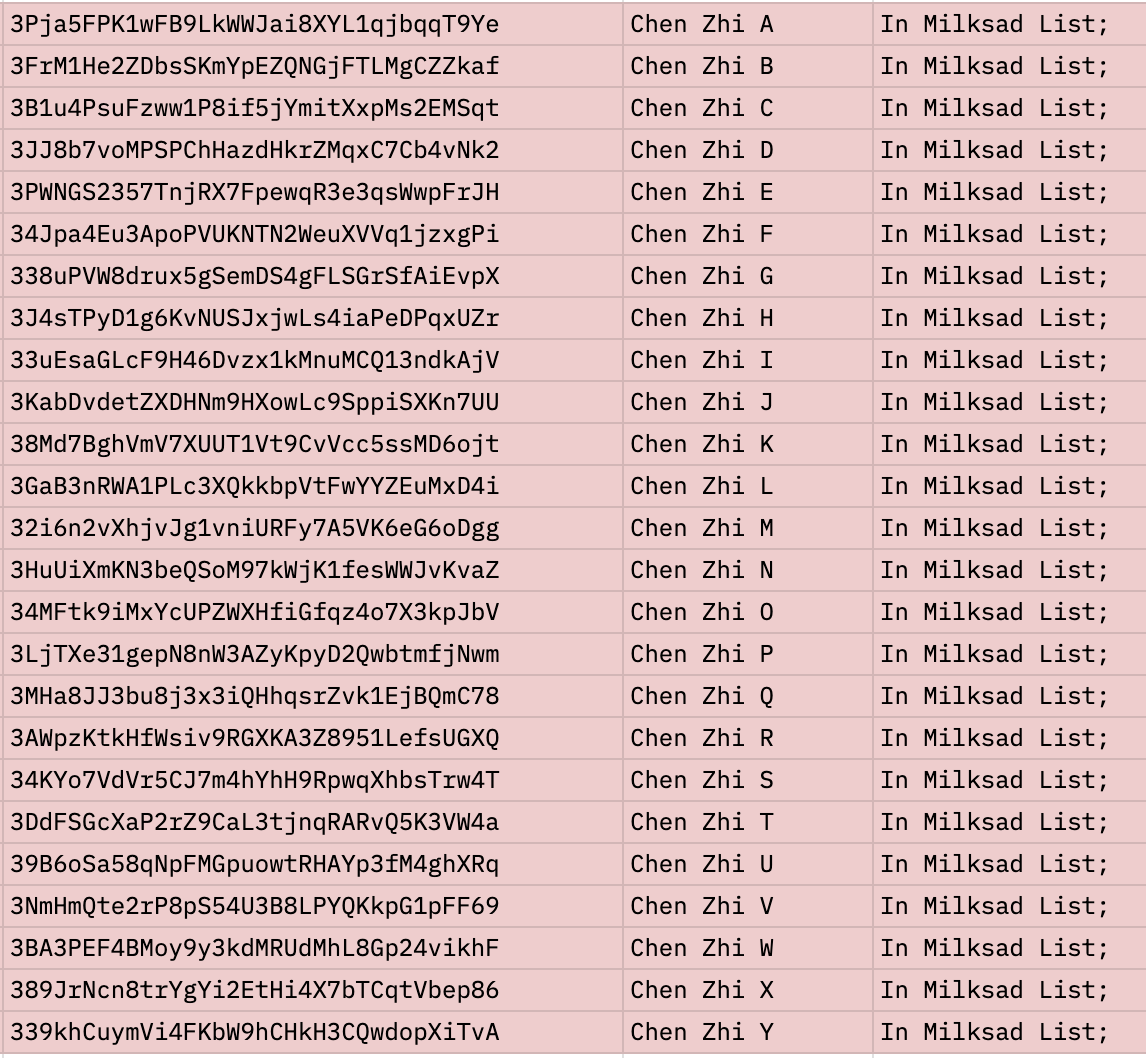Since I...uh...was having too much fun sharing insane attack vectors with you, I should probably calm my ass down and clarify a thing:
You should be far LESS scared of @metamask_io and far MORE scared of the other shit you're doing + your own opsec.
You should be far LESS scared of @metamask_io and far MORE scared of the other shit you're doing + your own opsec.
https://twitter.com/tayvano_/status/1307234313650331648
@Ledger and @Trezor are safer and more trusted than MM. Ice cold paper airgapped machine storage is even moreso.
But your random no-name mobile wallet, the port tracker that wants your full admin exchange API keys, and the rotting DeFi food you keep throwing $ at are WAY WORSE.
But your random no-name mobile wallet, the port tracker that wants your full admin exchange API keys, and the rotting DeFi food you keep throwing $ at are WAY WORSE.
Flashy new wallet that's never endured a bull run? Yeah, no thanks lol.
Entering your private key directly into a website/dapp? Fuck off.
Centralized "recover with your phone number" shit? Hope you are bribing all the $1/hr support agents in the Philippines to NOT sim swap you!
Entering your private key directly into a website/dapp? Fuck off.
Centralized "recover with your phone number" shit? Hope you are bribing all the $1/hr support agents in the Philippines to NOT sim swap you!
Its FAR more likely that you will lose funds via your actions. If I had to bet on MetaMask or you, I would always bet against you. Sorry.
Scams, phishers, hackers, recovery mistakes, storage mistakes, social trickery, downloading porn/torrents, sim swapping, malicious apps...
Scams, phishers, hackers, recovery mistakes, storage mistakes, social trickery, downloading porn/torrents, sim swapping, malicious apps...
...fake google ads, fake apps, impersonators, a/b/c/d/e/f tested spear phishing messages, websites asking you to paste your key, screenshotting your key, not backing up your key, and accidentally uploading your key to github or sharing it on a screenshare are ALL more likely.
The reason you shouldnt put all your assets in MM is bc the less places a key is, the less often you touch it, the less likely it is to emptied. Make a paper or hardware wallet, put majority in it, and just dont take it out.
But Tay! What do I do when I need more money in my MM?
But Tay! What do I do when I need more money in my MM?
I dunno. Consider contributing to the ecosystem instead of paying miners and throwing eth at anon devs who are hot to abscond with all your assets on a bed of lies?
Tbh, its absurd that MM catches any heat considering the destructive bullshit yall engage in. 🙄
Tbh, its absurd that MM catches any heat considering the destructive bullshit yall engage in. 🙄
And before you get all defensive and argue-y, read and do all the shit in the following two articles. It'll be far more productive for everyone. 😘💖
medium.com/mycrypto/mycry…
medium.com/mycrypto/what-…
medium.com/mycrypto/mycry…
medium.com/mycrypto/what-…
goddamn it i forgot the fucking giveaway bots.
• • •
Missing some Tweet in this thread? You can try to
force a refresh


